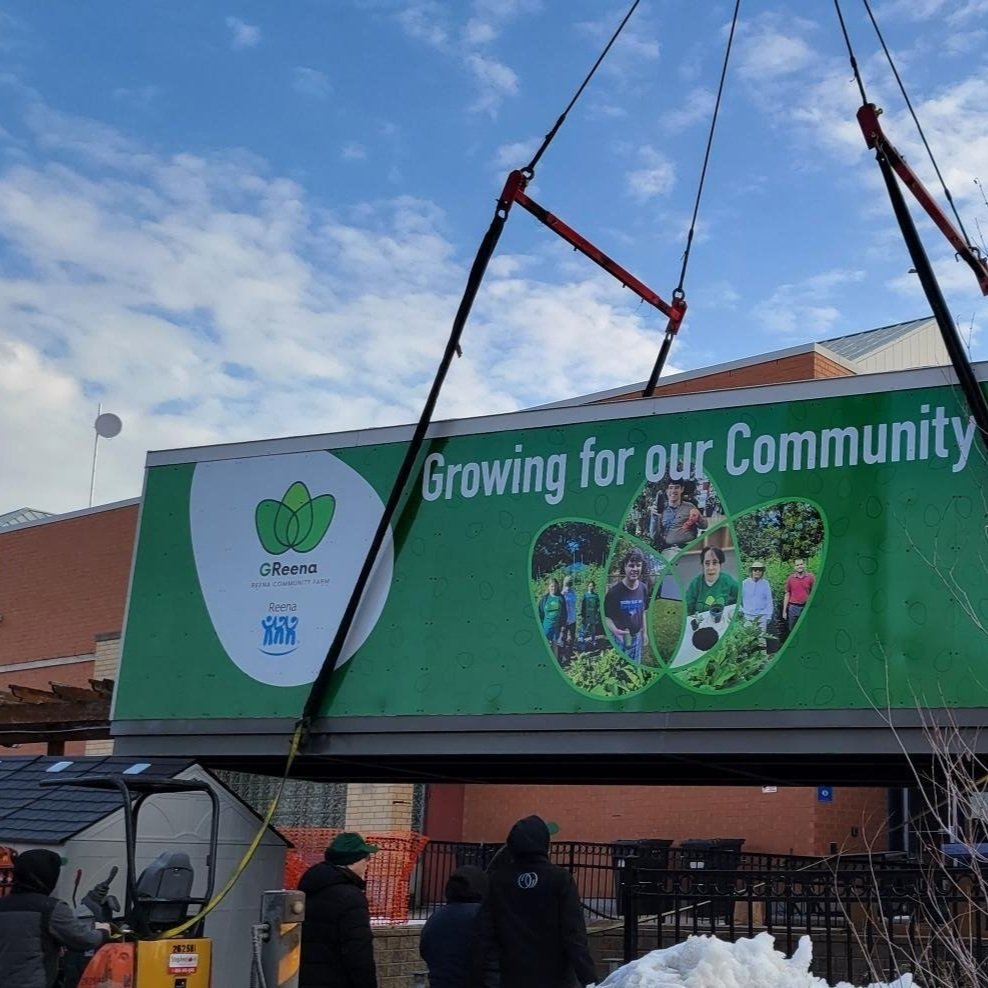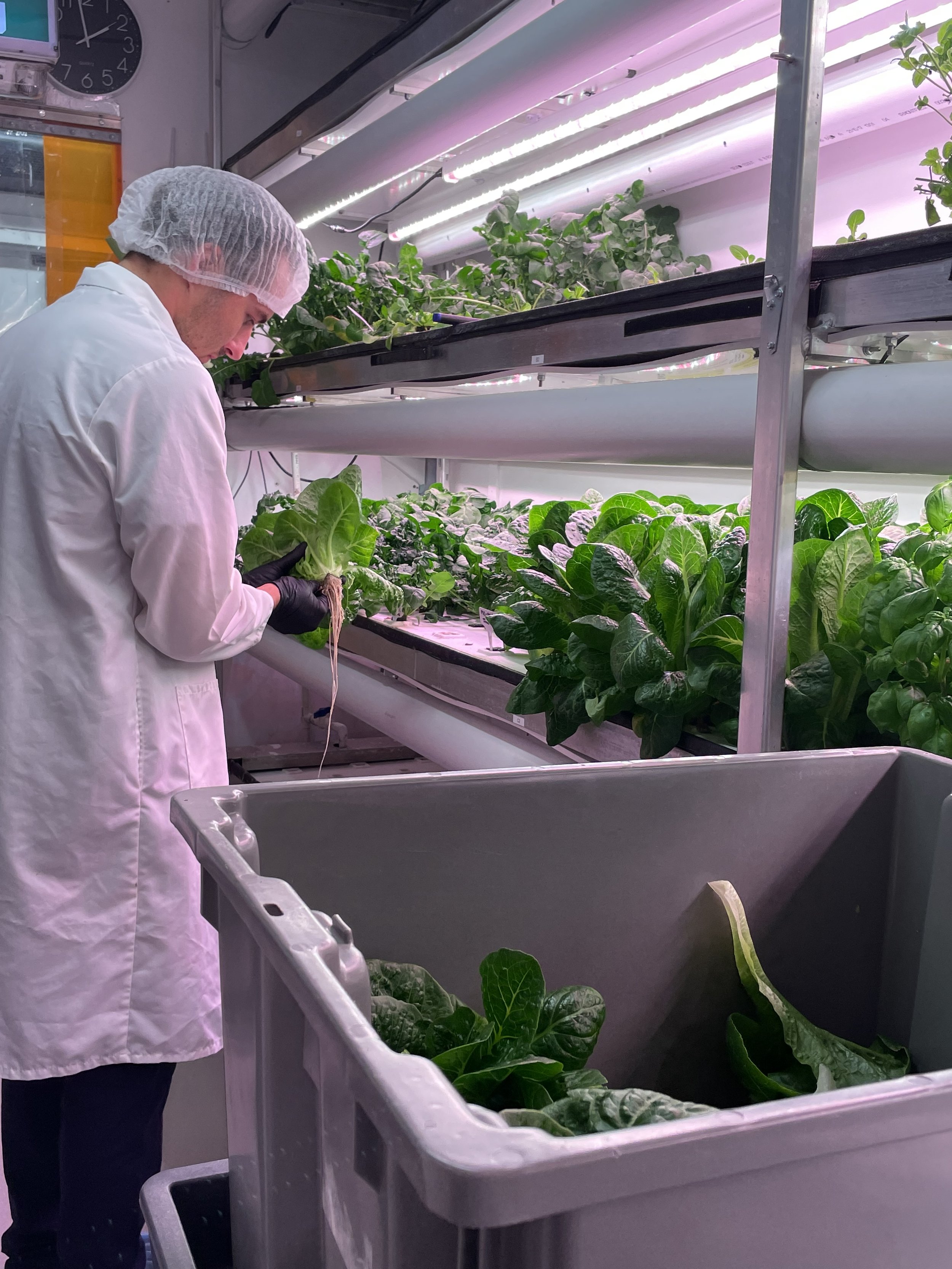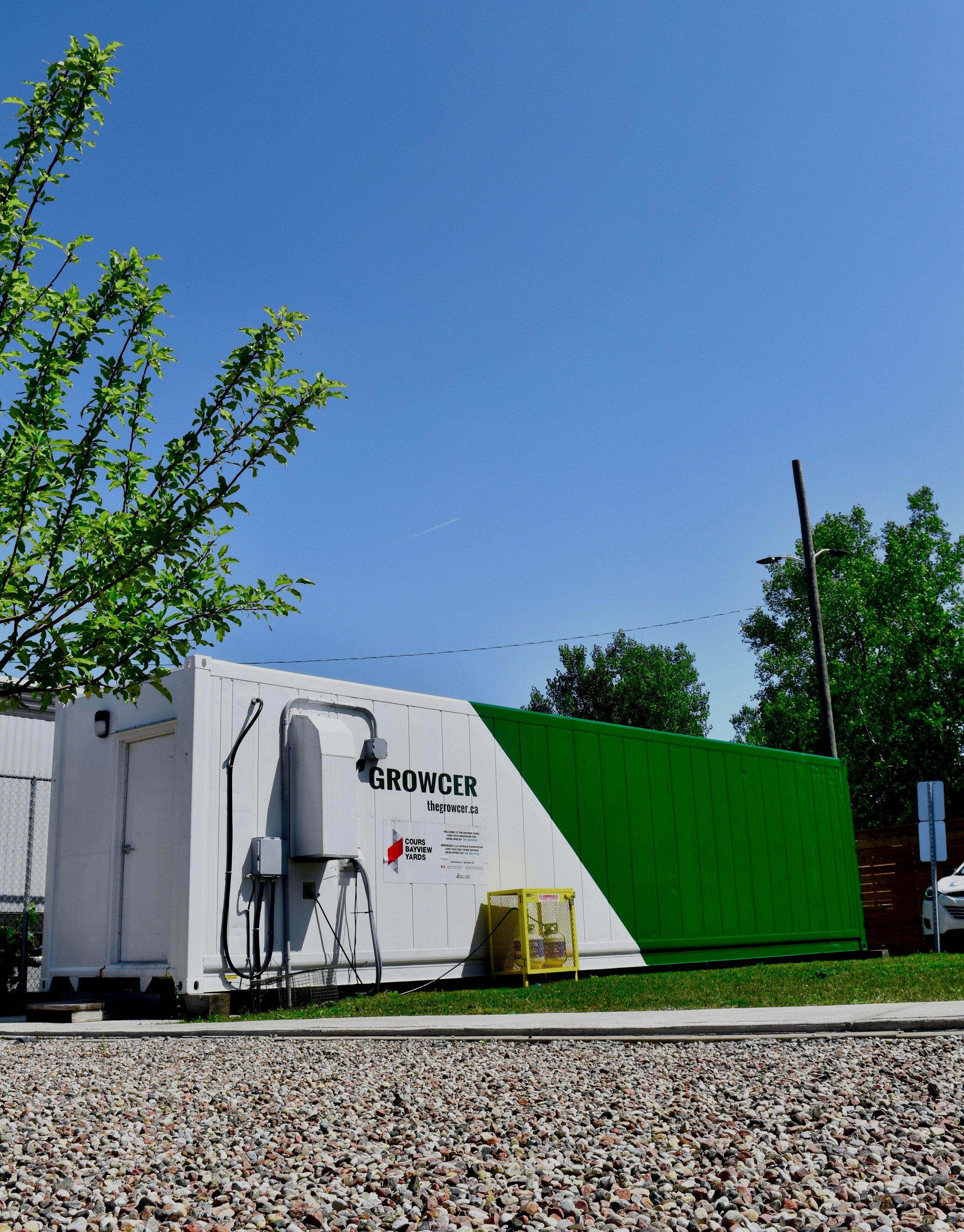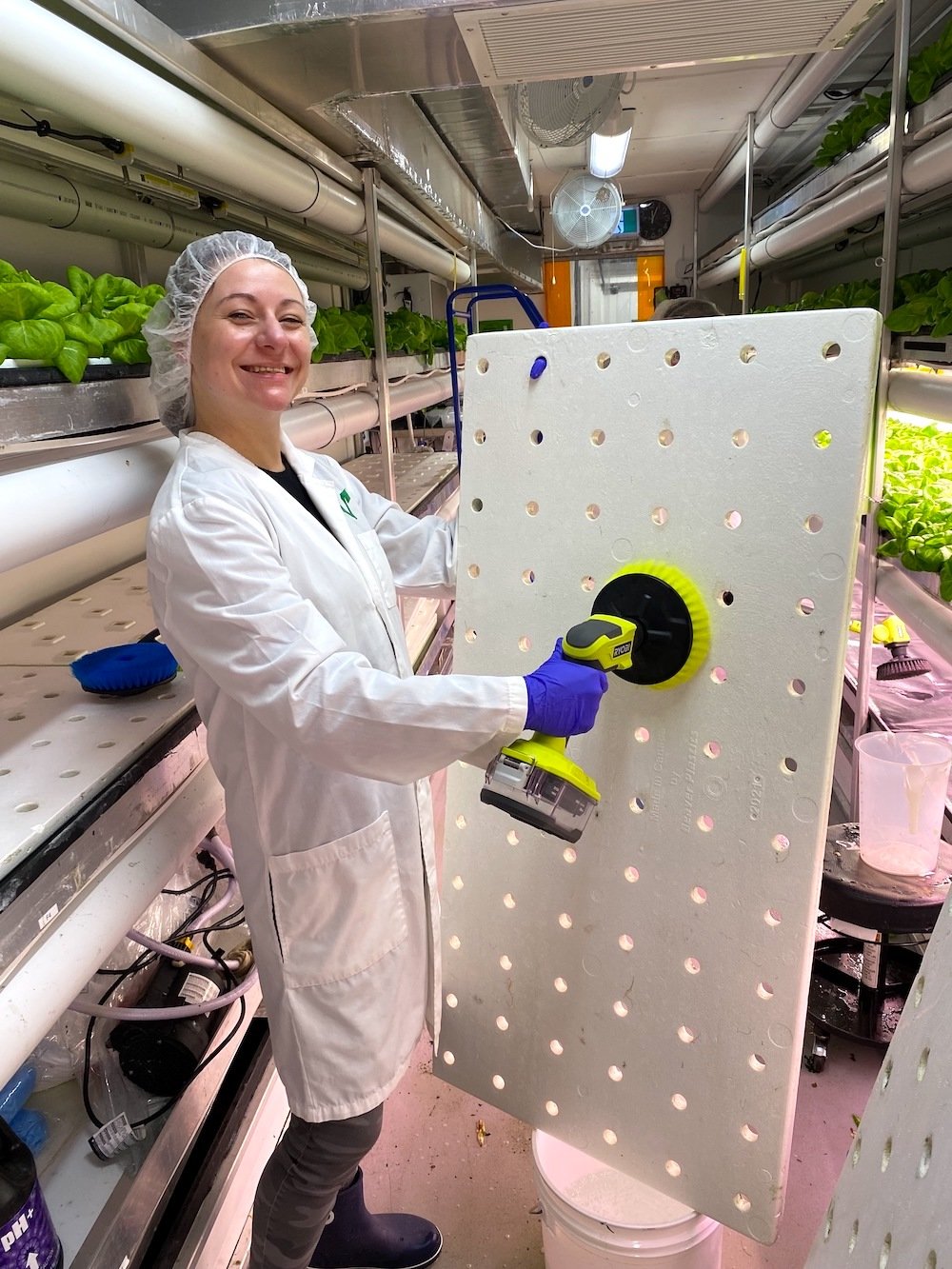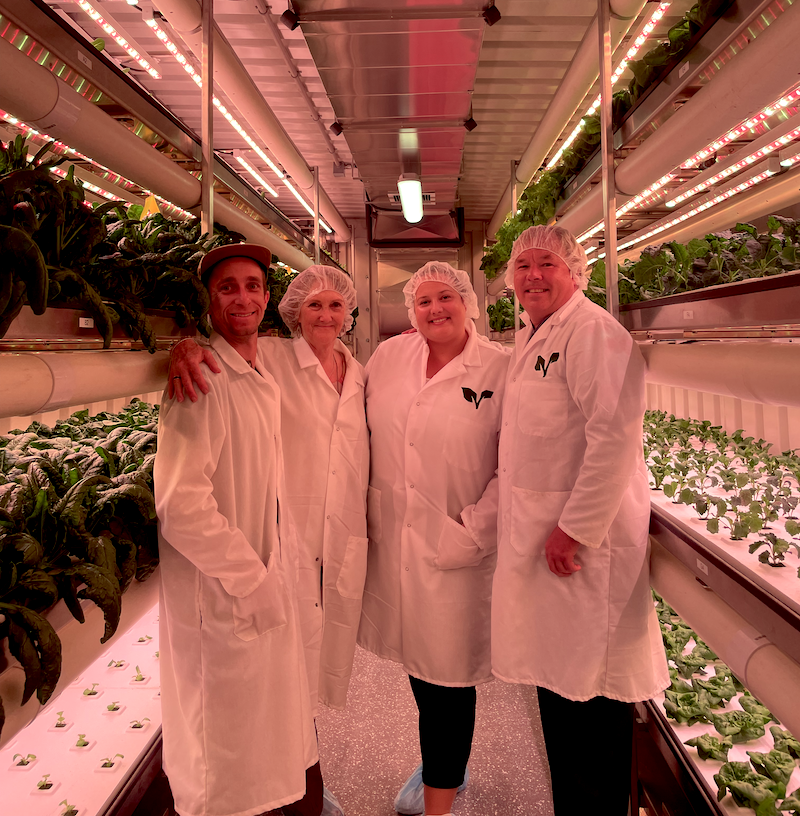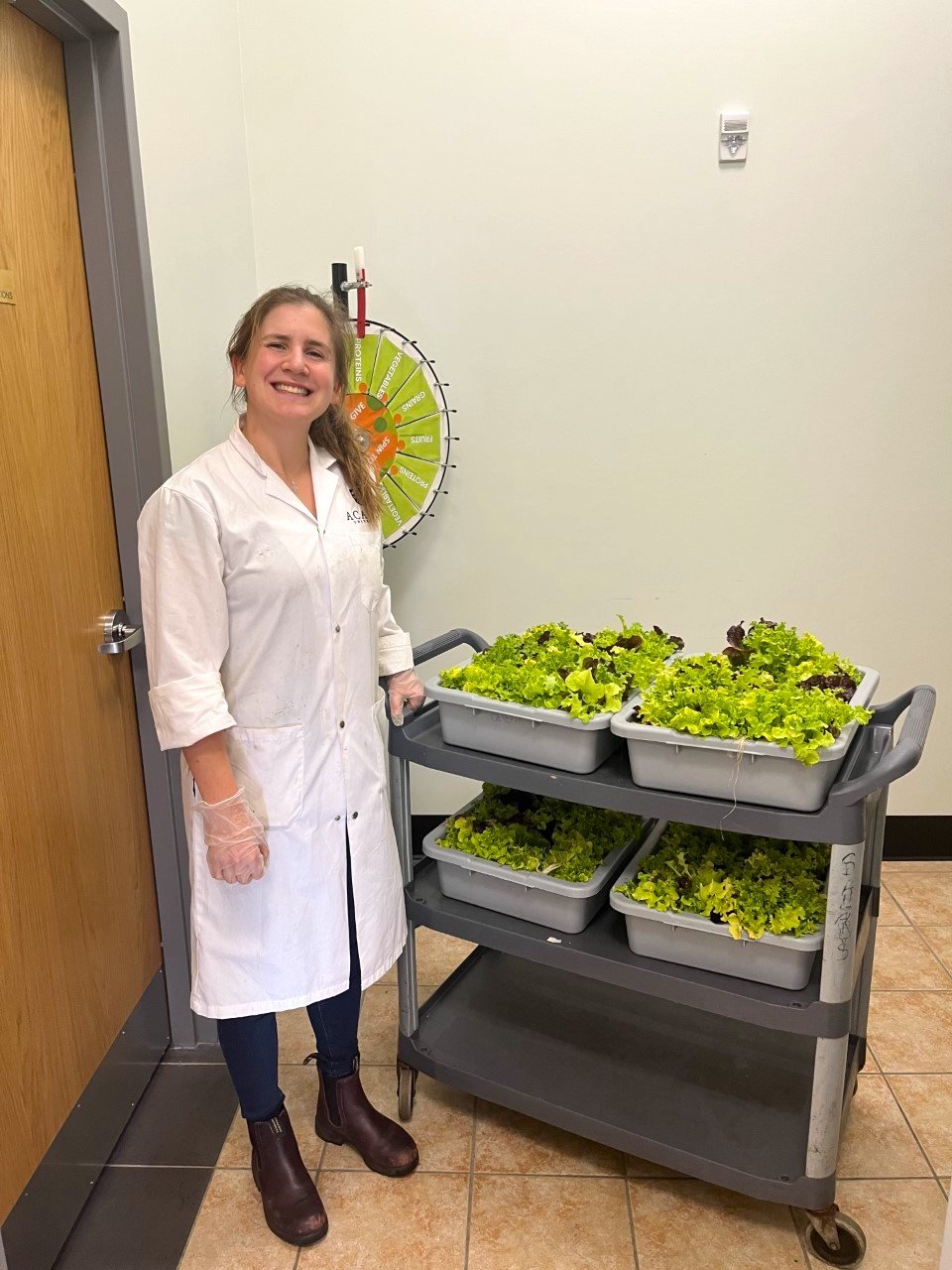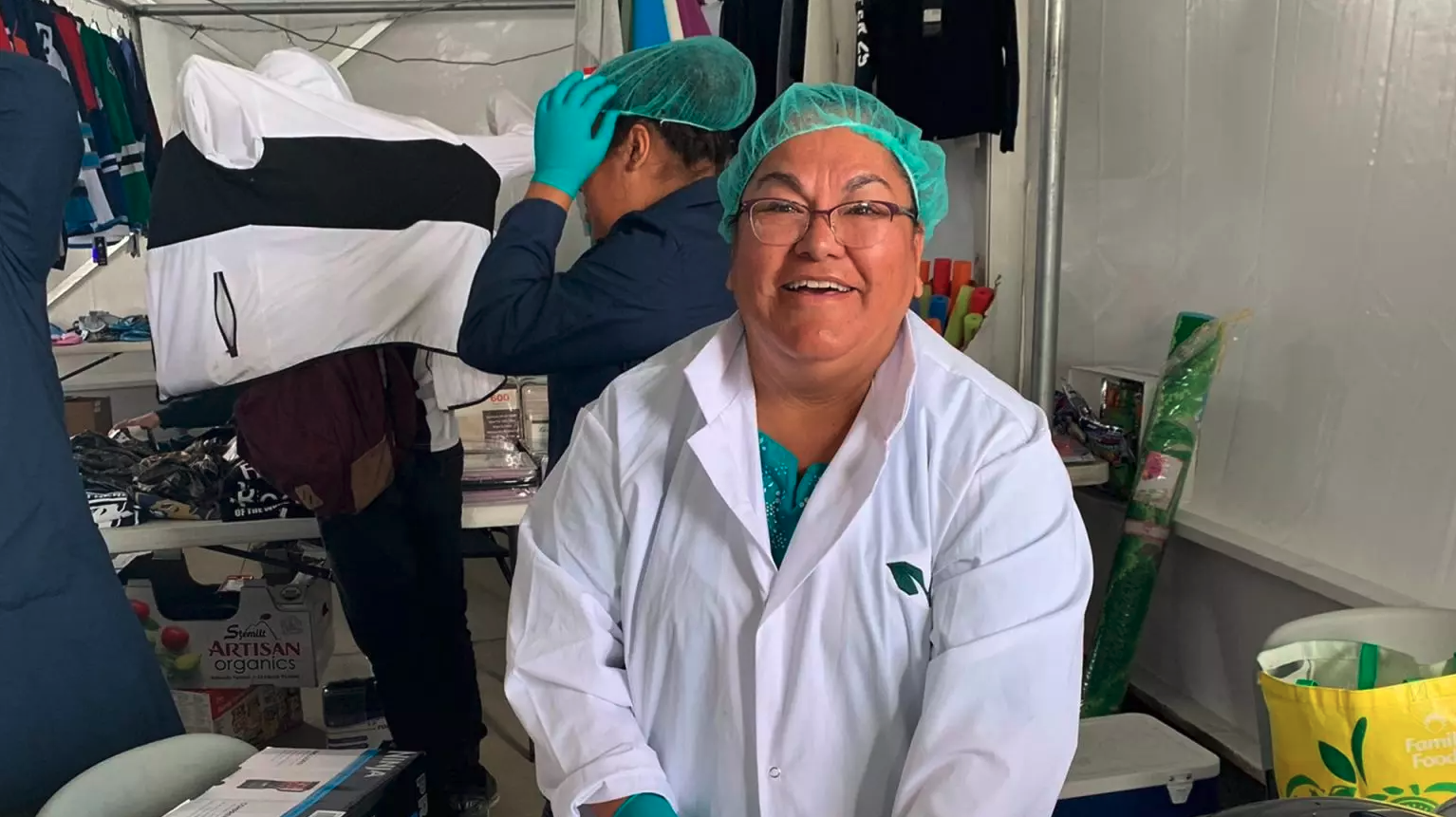10 Mistakes You Don’t Want to Make When Buying a Vertical Farm
Steer clear of common mistakes in vertical farming
Avoid the common pitfalls of vertical farming
Vertical farming is a rapidly growing sector in agriculture, offering sustainable, year-round crop production in a controlled environment. However, like any business venture, there are pitfalls that can hinder its success. In this blog post, we'll explore the ten common mistakes made in vertical farming. These errors range from financial oversights to operational missteps, all of which can significantly impact the productivity and profitability of your vertical farm. By understanding and avoiding these mistakes, you can navigate the world of vertical farming more effectively and ensure a successful and thriving operation. So, let's dive into these critical considerations that will help you on your path to becoming a successful vertical farmer.
Summary:
-
Consider the long-term return on investment (ROI) instead of just the upfront cost.
-
Site preparation, permits, and infrastructure are critical for a successful vertical farm.
-
Market research helps identify opportunities, customer needs, and competition.
-
Clear goals set the direction, guide resource allocation, and aid in decision-making.
-
Engaging with representatives provides insights and personalized guidance.
-
Regular maintenance is essential for good yields in vertical farming.
-
Effective marketing is crucial for building awareness and attracting customers.
The 10 mistakes of vertical farming
1: Focusing on the initial price instead of ROI
With any project or investment, there’s an upfront cost to get started to get growing. But don’t let the initial (sometimes larger) investment deter you from seeing the bigger picture: your return on investment.
In some cases, choosing the less expensive option upfront may lead to lower product yield, more farm maintenance, more hours tending to product preparation and growth, or even cost more in repairs down the road.
Make sure to do your due diligence and calculate your ROI. Sometimes the cheaper option is more expensive in the long run.
Good site preparation can impact the longevity of your vertical farm.
2: Overlooking the site prep
Neglecting to understand local zoning laws, permitting requirements, and other regulations can result in legal issues and project delays.
What sorts of things do you need to prepare?
-
Site selection (including a building permit and zoning status)
-
A solid foundation
-
Power supply
-
Water connection (this one’s important—your water source should be analyzed early to understand its impact on plant health and yields)
-
WiFi connection
Just to name a few of the most important elements.
However, even though site preparation is a crucial step, it doesn’t have to be daunting! Growcer’s customer success team is here to help you through every step of the way with installation guidance and weekly check-ins.
Muskoka North Good Food Co-op launched their own brand of store-grown greens so customers can support hyper-local products.
3: Not researching your market
Researching your market is essential for the success of your modular farm for several reasons. It helps you understand potential opportunities and customer needs. What are the pain points of your current customers (or target audience)? Is there demand for your project? What do you know about your competition? Is there a gap you can fill by growing year-round? What is currently being grown in your region?
Research enables you to spot market gaps, unmet needs, and help you anticipate potential challenges and risks.
However, don’t be deterred by competition. Competition is healthy and proves there’s demand for your product.
The Fraser Valley in Lower Mainland, B.C. is a good growing region with multiple grocery delivery businesses, farmers’ markets, and dozens of CSAs. Darren Stott with Greenchain Consulting shares that many local CSAs in the region still saw double digit growth over the past two years despite being in a competitive market.
“Even if you’ve done your market research and find out there's a lot of CSAs and farmers’ markets, that doesn’t mean the opportunity isn’t there,” Stott starts.
“It doesn’t matter what your competition is like, you’ve got to give it a try and as long as you’re offering a better product and a better service then there’s no reason why you can’t be competitive.”
(Are you applying for any grants? Thorough market research is evidence that you've evaluated the business environment and have a clear strategy in place.)
Grower story: Muskoka North Good Food Co-op took a closer look at store data and identified a gap where for 7 to 8 months of the year they were unable to get an abundant supply of locally produced fresh greens from local producers. They added a Growcer farm to complement their local procurement of fresh produce and offer a better product to their customers year-round under a store-owned brand.
Muskoka North Good Food Co-op hasn’t purchased any lettuce from out of country since adding a Growcer farm steps away from their retail store.
4. Not defining clear goals
Similar to doing market research, having clear goals before investing in a vertical farm is fundamental to its success.
Clearly defined goals set a purpose and a roadmap. They help guide your decisions and actions accordingly, and allow you allocate resources (time, labour, and finances) accordingly. It also allows you to select partners with similar visions who can help you make your project a reality.
For example, having a financial projection with investment and ROI helps determine how much is grown, sale price, and expenses. Product yield will depend on the types of crops you grow due to different growing times and plant density.
Our team helps you build a tailored financial model and business plan.
Related: Watch part 2 of our Farmplex series: Funding a Project and Finding Your Fit
Without clear business goals and a well-defined business plan, you may struggle to achieve proper yields, profitability, and success with your modular farm.
Growcer hosts Rootcamp, a two-day bootcamp where you can gain a foundation for hydroponic farming and what it takes to launch your own vertical farming project.
5: Not speaking to representatives or references
There’s a lot to be learned through your own research, but talking to a rep one-on-one means they can work with you to understand your needs and requirements. If you have questions specific to your business, their product knowledge helps you to make a truly informed decision.
What may be new to you is far from new for our team. Take advantage of our reps’ insights and experience! Our team has helped 70+ growers launch products—we’ve seen it all, and can help you, too.
The Growcer team hosts Rootcamp, a two-day bootcamp to give you a foundation for hydroponic farming and demystify life in a Growcer farm. Michelle Roesler from Cape Breton Island attended Rootcamp and says the experience helped her gain more clarity over her project goals.
“And the fact that there is such an amazing team of people here that have so many different areas of expertise that you can reach out to. You feel the support when you’re here and you’re talking to everybody . . . you come in with questions and they’re all answered,” Michelle continues.
In addition to chatting with the team, the same applies to references and those who have successful modular farms: ask to speak to current customers! They’d be more than happy to share their experiences, learnings, and best tips and practices.
6: Not contingency planning
When has anything ever gone according to plan?
Being proactive to managing the unpredictable is essential for managing risks and protecting your investment. Things like power outages, plant-specific challenges, or simply human error can affect your plan.
Budget 10–20% for contingency and thank us later.
What you’re doing is just important as how long you’re doing it for - ask about operator experience instead of just an operator’s weekly hours.
7: Focusing on how many hours you spend in a farm (and not factoring in your farm system’s growing style)
There are many types of hydroponic farming systems like nutrient film technique (NFT), deep water culture (DWC), and ebb and flow.
Because there’s a big difference between DWC and NFT systems, your life as an operator will differ too. Your output is not so much about how much time you spend in the farm, but about your farming system.
For example, a DWC system requires more cleaning and filtering from the operator, but it's easier to clean than an NFT system because its parts are bigger. Also consider that DWC systems allow you to “chill out” more—your plants are always in nutrient solution so you don't need to race back to the farm if, for example, your pumps stop working or you lose power.
Regular maintenance is the key to good yields!
However, fewer hours isn't necessarily better (even though Growcer farms only require 25 hours/week in labour).
There are other considerations, too:
-
Are your forecasted labour hours coming from a rough estimate or backed by research?
-
Are more hours favourable (maybe this is an employment initiative)?
-
What if fewer hours also means less yield and less ROI?
-
Are the hours flexible?
8: Cutting corners on preventive maintenance and cleaning
There are no two ways about it: regular maintenance is essential for good yields.
Why? Water borne diseases are no stranger to hydroponic farming, no matter your farming system.
In a DWC system, where you have standing water, you have a bigger breeding ground for algae, pythium, and other water borne pathogens. Because you have more water and more nutrients, you’ll also have to worry about your waste water management more.
However, in a NFT system, because you have shallow water and less water in general, you reduce the probability of water borne diseases. But less water doesn’t mean no diseases—disease and yield potential across NFT and DWC systems are more equal than you think. And if you’re not on top of your maintenance, it won’t matter that you have less water.
(It’s important to note that algae is common in all hydroponic systems and is relatively harmless when good maintenance is maintained.)
9: Neglecting your marketing
A lack of marketing and sales strategies can result in a surplus of produce, difficulties finding customers, and ultimately, a lack of return on your investment. Effective marketing helps you build awareness, attract customers, and grow your sales!
It’s a good idea to get started on marketing before your first harvest to plan for sales ahead of time.
You can start thinking about your marketing as early as the market research phase. Build a customer base while you do your market research so when you’re reading to launch your project, you can reconnect with everyone who offered feedback and sign them up.
Social media and online marketing are cost-effective methods of marketing—especially for reaching a wider audience—but community events and markets are great for reaching folks in your local area.
In addition to making sure people know who you are and what you’re selling, the best marketing strategy is a customer retention strategy. It is easier to work on retaining existing customers and building strong relationships with the right customers than it is to start anew every season. Provide an excellent service and offer high quality products, consistency, and professionalism in all you do from how your packaging looks to how you communicate with customers.
10: Understanding that the operator makes the difference
The operator's role is multifaceted and critical; their knowledge, skill level, and commitment directly influence your farm's productivity, efficiency, and overall success.
For modular farms that serve a local market or community, the operator may have direct interaction with customers. Providing a positive customer experience and engaging with the community can help build a customer base and increase demand for the farm's products.


